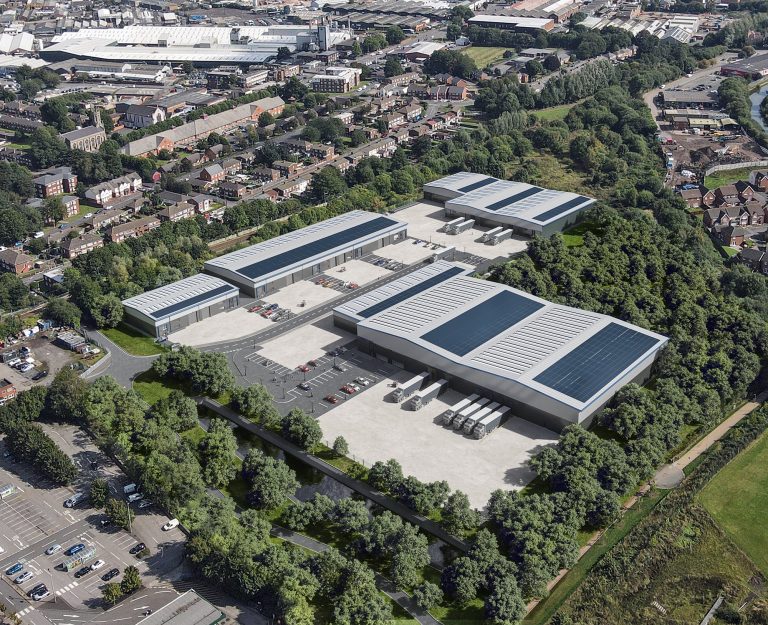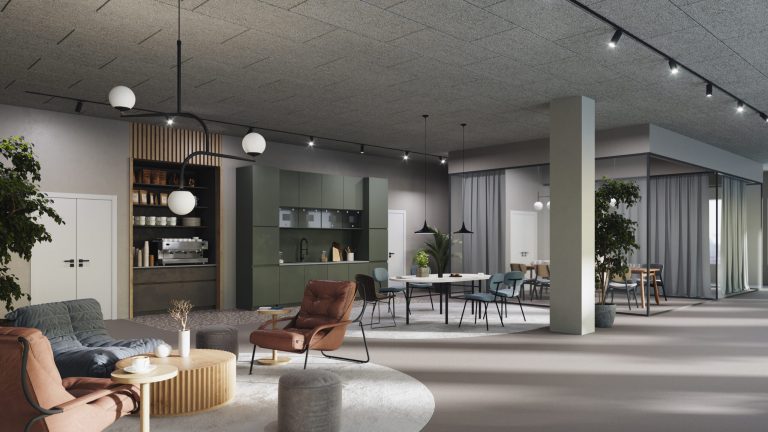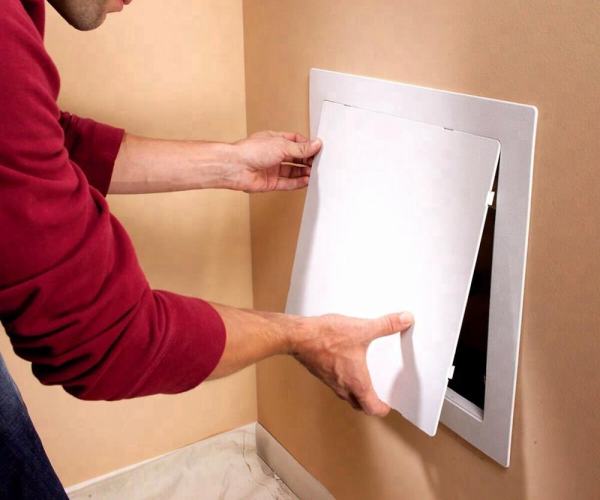In the bustling construction world, where every detail matters, access panels are crucial in concealing and providing easy access to plumbing and electrical components. These seemingly simple fixtures streamline maintenance and repair tasks, making life easier for construction professionals. In this blog post, we’ll dive into the real-world scenarios where access panels come to the rescue, unraveling the mysteries behind their practical applications. The Basics of Access Panels Before exploring real-world scenarios, let’s begin with the fundamentals. Access panels refer to panels integrated into walls or ceilings, providing convenient access to concealed elements such as plumbing pipes, electrical wires, and various building systems. These panels are designed to seamlessly blend into the surrounding structure while providing a discreet entry point for maintenance and repairs. Now, let’s explore how access panels work their magic in practical situations: 1. Concealing Plumbing Woes Imagine a scenario where a commercial building’s plumbing system needs urgent attention. Without access panels, reaching the pipes hidden behind walls would involve breaking down sections of the structure, causing significant disruption and escalating costs. Access panels like the BA-AHD flush universal access door come into play by offering a convenient entry point to the concealed plumbing network. Whether fixing a leak, replacing a damaged pipe, or conducting routine inspections, access panels provide a hassle-free solution. Construction professionals can simply open the panel, perform the necessary tasks, and close it back up—all without disturbing the building’s aesthetics. 2. Taming the Electrical Jungle Troubleshooting and repairs can be daunting in the intricate web of electrical wirings that power our buildings. Access panels simplify this process by directly accessing electrical components behind walls or ceilings. Electricians can easily reach junction boxes, outlets, and wiring connections without invasive and time-consuming measures. Consider a scenario where a faulty outlet needs immediate attention. With access panels strategically placed, electricians can swiftly identify and address the issue, minimizing downtime and inconvenience. The streamlined process ensures that construction projects stay on schedule and within budget. 3. Enhancing Safety Inspections Safety is paramount in construction, and regular inspections are key to ensuring a secure environment for occupants. Access panels facilitate safety inspections by providing quick and efficient access to critical building systems. Fire sprinkler pipes, HVAC ducts, and other safety-related components hidden from view can be easily examined without causing disruptions. For example, inspectors can access concealed fire sprinkler systems through well-placed access panels during a routine fire safety inspection. This enables them to verify the system’s functionality, ensuring it is ready to respond effectively in an emergency. 4. Speeding Up Renovation Projects Construction professionals know that renovations often involve navigating through existing structures. Access panels become invaluable in renovation projects, allowing for seamless integration of new elements or modifications to existing ones. Imagine a scenario where a restaurant undergoes a renovation to install a new ventilation system. Access panels are necessary for the process, which requires extensive demolition to reach and connect the ductwork. Access panels strategically placed in the walls or ceilings provide a non-disruptive solution, allowing contractors to install the new system efficiently without compromising the overall structure. Challenges When Dealing with Access Panels Incorporating access panels into building design and construction comes with a unique set of challenges that construction professionals might face. From aesthetic and functional factors to strict regulatory requirements, coordinating all the elements can be complex. Some specific challenges commonly encountered include: Integration with Design Aesthetics: Balancing the functional requirements of access panels with the overall design aesthetics of the space can be challenging. Ensuring access panels blend seamlessly with the surrounding architecture may require creative solutions. Size and Location: Determining the appropriate size and location of access panels is crucial. Ensuring that they provide sufficient access to the systems behind them while minimizing their impact on the design and flow of the space can be challenging. Fire Rating and Building Codes: Meeting fire rating requirements and building codes is essential. Ensuring access panels maintain the required fire resistance and comply with local regulations may pose challenges, especially in sensitive areas like fire-rated partitions. Structural Considerations: Incorporating access panels without compromising the structural integrity of the building can be a challenge. Professionals must ensure that the installation of access panels keeps the overall structure intact. Water and Air Tightness: Access panels in areas prone to moisture or air infiltration must be designed to be water and airtight. Ensuring that access panels maintain the integrity of the building envelope can be challenging, particularly in humid or harsh weather conditions. Security Concerns: Access panels may provide entry points for unauthorized individuals. Ensuring that access panels are secure and can only be opened by authorized personnel is vital for maintaining the safety and security of the building. Accessibility and Ergonomics: Designing access panels that are easily accessible and user-friendly for maintenance personnel is important. Consideration must be given to the ease of opening, closing, and securing access panels to facilitate regular maintenance and inspections. Cost Considerations: Balancing the functional requirements of access panels with budget constraints can be challenging. Identifying cost-effective solutions that meet the necessary specifications without compromising quality is an ongoing concern for construction professionals. Coordination with Other Trades: Collaborating with other trades, such as electrical and plumbing contractors, to ensure that access panels are properly integrated into the overall system can be challenging. Coordination is crucial to avoid conflicts and ensure a smooth installation. Conclusion Access panels emerge as silent facilitators in the dynamic construction world, simplifying maintenance and repair tasks. These fixtures prove their worth by seamlessly integrating into the building structure while providing quick and easy access to concealed elements. In the ongoing challenges encountered by construction professionals in the construction and maintenance of structures, access panels emerge as dependable companions. They are crucial in facilitating efficient, cost-effective tasks while minimizing disruptions. The next time you come across these access panels, acknowledge their vital contribution to maintaining the optimal condition of buildings. They’re the unsung heroes of streamlined maintenance and repair in the construction industry.









